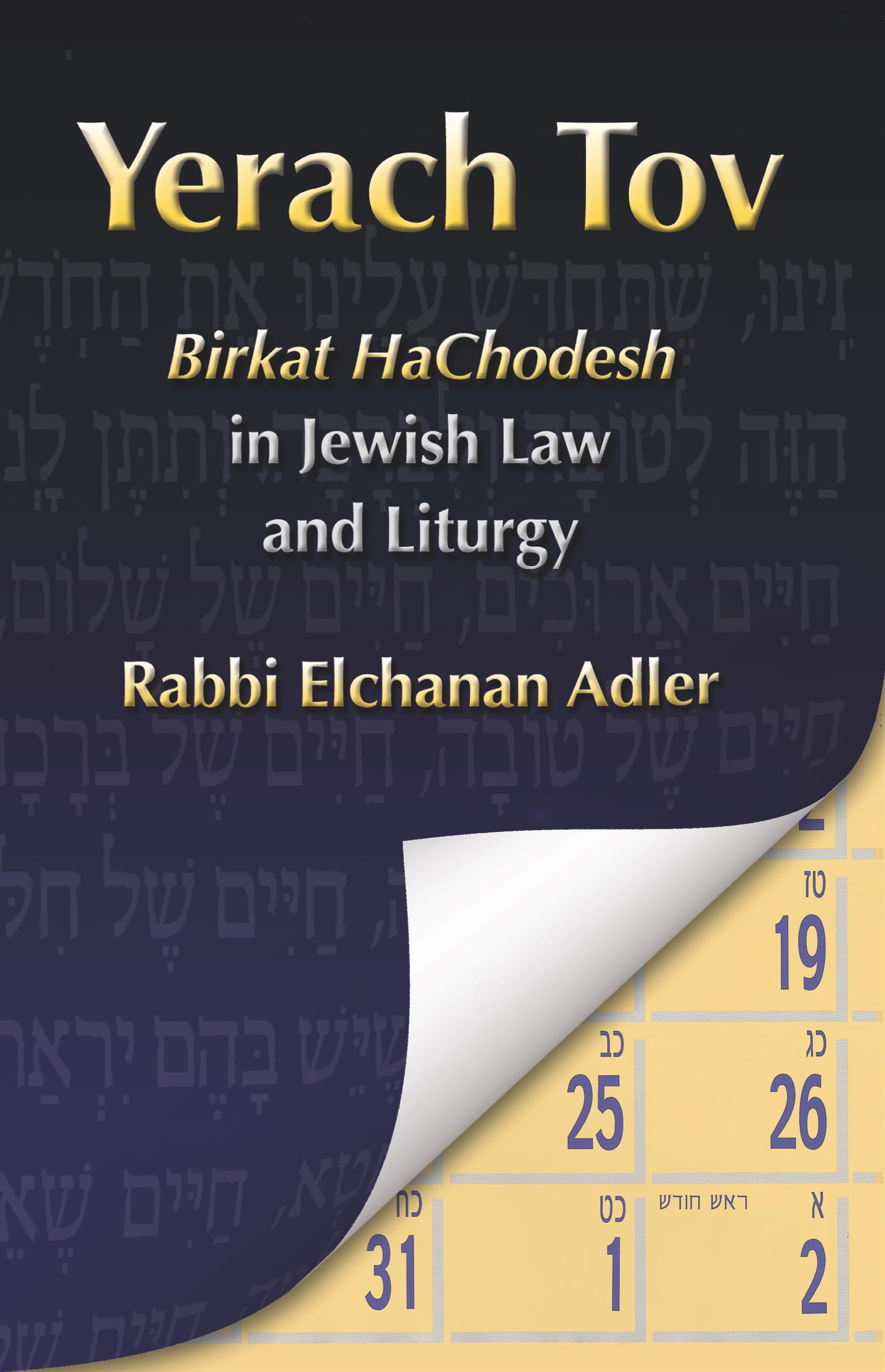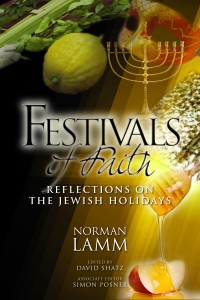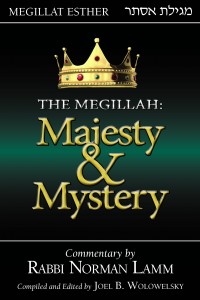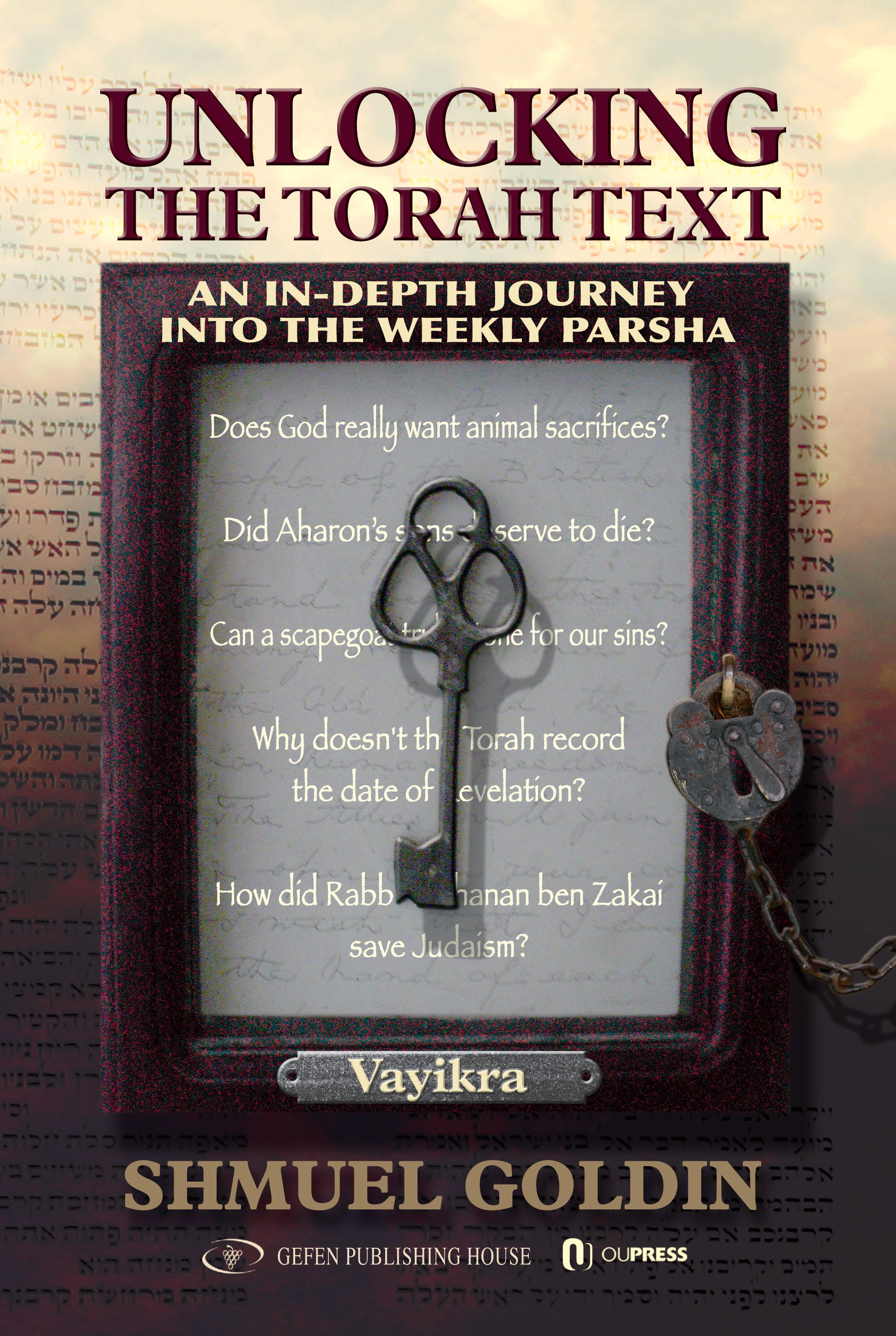
Excerpted from Rabbi Shmuel Goldin’s Unlocking the Torah Text – Vayikra, co-published by OU Press and Gefen Publishing

Context
Finally, after seven days of preparation, an eighth, celebratory day of investiture dawns for Aharon and his sons. On this day, they will publicly assume the kehuna, an honored priestly role to be bequeathed, in perpetuity, to their descendents.
At God’s command, the entire nation gathers at the entrance of the Mishkan to witness the rituals of initiation performed by Aharon and his sons. The investiture service reaches a mounting climax as Aharon twice blesses the people (the second time in conjunction with Moshe) and a miraculous fire descends from the heavens, consuming the offerings on the altar.
Suddenly, however, this exalted moment of celebration turns to tragedy and sorrow. The Torah testifies: “And the sons of Aharon, Nadav and Avihu, took, each man, his censer; and they placed in them fire; and they placed upon it incense; and they offered before God a foreign fire which God had not commanded them. And a fire came forth from before God and it consumed them; and they died before God.”
Questions
Few episodes in the Torah are as frighteningly mysterious as the story of the demise of Aharon’s oldest sons. The questions are basic and stark.
What exactly is the sin of Nadav and Avihu?
Why is this sin so onerous that it merits the overwhelmingly severe punishment of immediate death by God’s hand?
Approaches
A wide spectrum of opinion emerges among rabbinic sources concerning the nature of the sin and resulting punishment of Nadav and Avihu. At the core of the discussion lies the fundamental mystery: which aspects of Nadav and Avihu’s actions were so onerous, so unforgivable, that they warranted such immediate and harsh divine punishment?
A
At one end of the spectrum stand those scholars who, confronted with the severity of God’s reaction, are unwilling to accept this textual narrative at face value. God, they feel, would simply not have punished Nadav and Avihu so harshly over only a ritual-based sin.
A number of Midrashic approaches thus appear in rabbinic literature, each maintaining that the sons of Aharon sinned in a manner suggested by, but far transcending, the straightforward reading of the text.
1. Aharon’s sons die because they dare to determine law in the presence of their teacher, Moshe. Erroneously relying upon a source in the text, Nadav and Avihu act contrary to Moshe’s instructions.
2. They enter the Temple in a drunken state. Support for this position can be derived from an immediately subsequent passage where God commands the Kohanim not to enter the Temple while drunk, on pain of death.
3. They fail to confer with Moshe, Aharon or with each other. They each act independently and precipitously.
4. They long for the death of Moshe and Aharon in anticipation of the moment when they will inherit the mantle of leadership.
5. They refuse to marry because they feel that no woman is worthy of their exalted status.
6. They [deliberately] fail to have children.
Common to these and to other similar approaches is the belief that only a global, deeply powerful transgression, transcending the ritual backdrop against which it occurred, could possibly have merited the dramatic punishment meted out by God.
B
At the opposite end of the spectrum, in contrast, stand those commentaries who maintain that the repeated testimony of the text is abundantly clear and sufficient:
- “And they offered before God a foreign fire which God had not commanded them.”
- “And Nadav and Avihu died before the Lord when they offered a foreign fire before the Lord.”
- “And Nadav and Avihu died when they offered a foreign fire before the Lord.”
Somewhere within this deed itself, these scholars believe, lies the key to the transgression of Aharon’s sons. Somehow, the very act of offering a foreign fire constitutes an unforgivable sin, a sin that demands swift, harsh punishment.
As the rabbis search the text for clues, a variety of fascinating approaches emerge.
C
A powerfully imaginative explanation is suggested, for example, by the Ramban and further explicated by later commentaries.
Noting that, according to the text, Nadav and Avihu place the incense directly “on the fire,” these scholars suggest a symbolic interpretation. Nadav and Avihu correctly understand that incense is specifically designed to counter the “fire” of Midat Hadin, God’s seemingly harsh attribute of justice. They fail to realize, however, that every offering in the Sanctuary, including the incense, must be presented to a unified God. Judaism rejects not only the existence of multiple gods but also the possibility of multiple independent components of one God. The delineation of separate divine attributes is artificial, a device used by Jewish tradition to assist limited man in understanding an unfathomable, seemingly contradictory Deity. All forces within this world, both those which appear to us as “benevolent” as well as those which appear to us as “punishing,” emanate from the same divine source. God’s attributes do not operate – and, therefore, cannot be worshiped – independently of each other.
By placing the incense “on the fire,” by directing the incense specifically towards the “fire” of God’s justice, the sons of Aharon challenge the pillar of Jewish belief, the oneness of God.
Numerous other scholars, moving closer to the realm of pshat, focus on the apparent contrast between the singular day of investiture and other days to follow in the Mishkan. On all other days, the Kohanim are clearly commanded to provide fire for the altar as part of their regular functions within the Sanctuary. On this day, however, “earthly” fire is proscribed. God’s glory is to be highlighted by the descent of the “heavenly,” miraculous fire.
Nadav and Avihu negate this distinction. Ignoring the instructions specific to this exalted day, they bring an earthly “foreign fire.” Perhaps, as some suggest, their decision reflects a lack of faith in God’s planned intervention. Perhaps they simply fail to understand the unique challenge of the day. One way or the other, their actions undermine the intended demonstration of God’s power and diminish God’s glory in the eyes of the people.
In a brilliant stroke, some commentaries, notably the Rashbam, the Bechor Shor and the Chizkuni, take the pshat one step further by interweaving the various pieces of the narrative into one cohesive whole. The fire that destroys Nadav and Avihu, these scholars maintain, is the very same heavenly fire sent by God to consume the offerings on the altar. Emerging from the Holy of Holies, this miraculous fire passes by the incense altar. There it encounters and kills Nadav and Avihu, who, ignoring Moshe’s instructions, have unknowingly entered the fire’s path. The fire then proceeds on its intended course to the external altar where it consumes the offerings.
This approach does not, by any means, completely solve the mystery of Nadav and Avihu’s fate. Perhaps, however, their death becomes somewhat easier to accept if we believe that their own actions physically place them in harm’s way.
D
An additional textual source and a puzzling declaration in the Midrash serve as foundations for an entirely different rabbinic approach to the sin of Nadav and Avihu.
Based on the verse “And the Lord spoke to Moshe after the death of Aharon’s two sons, when they drew near to the Lord, and they died,” the Yalkut Shimoni comments: “And when the sons of Aharon joyously perceived that a new heavenly fire had descended from heaven and consumed the offerings on the altar, they immediately acted to add ‘love upon love’ [by bringing their own fire to the altar as well].”
According to the commentaries who build on these sources, Aharon’s older sons are righteous individuals who do not consciously sin either before or on this fateful celebratory day. Their failure, instead, ironically stems from a spontaneous act of religious passion. Moved by the power of God’s Presence, awestruck by the pageantry of the moment, Nadav and Avihu reflexively set out on a path of their own design in an attempt to draw near to an immanent God. In doing so, they turn their back on the true path of religious worship as outlined in the Torah.
This approach is most effectively summarized in the words of Nehama Leibowitz:
We find ourselves learning that Nadav and Avihu did not incur formal guilt through transgression of any of the commandments associated with the ritual service. [Their sin instead rose from] a desire to draw near, to cling to the Creator; not, however, according to the dictates of the Lord but according to the dictates of their hearts.
[Nadav and Avihu’s actions thus represent a rejection of obedience to God’s will –] of the yoke of the kingdom of heaven – the acceptance of which is the goal of the entire Torah.
The worship of the Lord is based neither upon fleeting moments of personal ecstasy nor upon the periodic, albeit sincere, dedication of one’s soul – but, rather, upon the acceptance of the yoke of heaven, Torah and mitzvot.
Within Judaism, the path towards sanctity is clearly delineated. God’s presence in our lives is assured only through our ongoing acceptance of and obedience to His will.
One final note to this approach is added by the Ohr Hachaim as he comments on the passage in Parshat Acharei Mot: “And the Lord spoke to Moshe after the death of Aharon’s two sons, when they drew near to the Lord, and they died.”
The text wants us to understand, the Ohr Hachaim maintains, that Nadav and Avihu died before they could achieve their goal. They did not attain “closeness to God” through their deaths.
The story of Aharon’s oldest sons thus emerges as a cautionary tale, warning against the potential excesses of religious zeal.
One could erroneously conclude that Nadav and Avihu’s actions were commendable, that their supreme personal sacrifice was a small price to pay for the unimaginable prize of a close encounter with God. The Torah therefore emphasizes that Nadav and Avihu’s journey was aborted short of their goal. A fundamental flaw in their approach doomed the endeavor from the start. “Religious escapism” is not a Jewish value. God does not desire the literal or figurative sacrifice of our earthly existence in our search for His presence. Once again, the Torah strikes its oft-repeated refrain. Our task is to find God while rooted in our own reality, to encounter the Divine by living in and sanctifying the physical world.
The Ohr Hachaim’s approach to this event is consistent with his observations concerning the dialogue between God and Moshe directly before Revelation. How fascinating that it is specifically this scholar, known for his kabbalistic leanings, who warns that God is not to be found “by breaking through and attempting to draw near” in the search for a transcendent moment of spiritual ecstasy.
Points to Ponder
Ritual plays a central, multifaceted role in Jewish experience. When properly practiced and understood, ritual observance
1. creates an ongoing connection between daily life and the Divine;
2. regularly reminds us of pivotal ideas and concepts that are easily forgotten;
3. forges a uniform, uniting observance that transcends time and place.
Specifically because of its all-important, complex role, Jewish ritual must be carefully calibrated in each generation. At the core of this task lies the fundamental tension between constancy and innovation in Jewish ritual law.
On the one hand, the most basic symbolic mitzvot, such as mezuza or tefillin, must remain constant and unchanging. Their immutable character is essential to the role they play in the transmission of mesora. As the Torah testifies in a familiar passage from the first paragraph of the Shma: “And you shall teach them thoroughly to your children and you shall speak of them while you sit in your home, when you walk on the way, and when you retire and when you rise. And you shall bind them as a sign upon your arms and as symbols between your eyes.”
The text’s sudden leap from the general commandments of learning and teaching Torah to the mitzva of tefillin underscores the pivotal role played by symbolic mitzvot in the intergenerational transmission of tradition. You will only succeed in the teaching of your children, the Torah states, when that teaching is accompanied by concrete, practical mitzvot such as tefillin.
Ideas, by their very nature, change across time. Rituals, however, remain constant. While a parent’s personal vision of Judaism will be different from that of even his observant child, their tefillin are the same. Shared concrete observance of symbolic mitzvot ensures a continuity of purpose that withstands changing times, circumstances and world outlooks.
On the other hand, newly created ritual is constantly being added to the fabric of Jewish tradition across time. Rites as basic as the kindling of Shabbat and festival candles; the laws of Chanuka and Purim; the standardized prayers; and so much more have been added across the ages through rabbinic legislation and even through the adoption of communal custom.
The balance between constancy and change, central to halacha as a whole, thus acquires heightened significance in the area of symbolic mitzvot. For while new Jewish rituals must certainly develop over time in response to changing needs and circumstance, unfettered change actually undermines the role ritual plays in the preservation of Jewish practice and thought. We are therefore challenged, as we so often are in Jewish experience, to find a way to “keep things the same” even as we allow for change. This challenge is reflected in our own time, as the Jewish community struggles to define appropriate permanent ritual to mark the overwhelming phenomena that have shaped our world, from the horrors of the Shoah to the miraculous establishment of the State of Israel.
We can now understand an additional tension built into the scene of Nadav and Avihu’s tragic death.
The investiture of the kehuna launches, in earnest, one of the primary ritual streams of Jewish history. Finally with the kehuna in place, the Temple service is ready to begin – a service that will serve as the centerpiece of Jewish worship for centuries and as the paradigm of that worship for many more.
At this critical moment, in full view of the entire nation, Nadav and Avihu challenge the system. Dissatisfied with the investiture rites mandated by God and communicated by Moshe, they decide to follow a ritual path of their own design.
Had Nadav and Avihu been allowed to proceed unimpeded, ritual anarchy could well have resulted. At this most critical moment in the development of Jewish tradition, the message conveyed to all present would have been: Creative ritual is completely acceptable; follow your hearts; determine your own mode of expression; the path towards God can be designed by you. There is no need for uniformity of thought or practice as you individually search for spirituality in your lives.
Only an emphatic and immediate response from God could salvage the moment and set the Jewish nation firmly upon its nuanced spiritual path. While allowing the necessary room for individual religious search and discovery, communal rules of worship had to be established, boundaries enforced. The people had to be taught that one could not create new ritual at will. The challenge raised by Nadav and Avihu had to be answered in forceful fashion.
The discussion and debate concerning Nadav and Avihu’s fate, reflected in our study, will certainly persist for years to come. Questions concerning the nature of their sin, the extent of their punishment and the lessons to be learned will continue to captivate and mystify future students of the text. One truth, however, is clear. At a critical moment in our history, God’s emphatic actions preserve the delicate balance between ritual constancy and innovation, a balance essential to the perpetuation of our tradition.


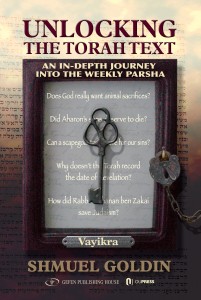


 סדר הקערה The Talmud (Pesachim 114b) discusses the requirement to place shenei tavshilin, two cooked items, on the Seder plate, commemorating the korban Pesach and the chagigah offering that were eaten when sacrifices were brought in the Temple. Rav Huna says that this requirement may be fulfilled by using beets and rice. According to Rav Yosef, one must use two different types of meat. Rambam (Hilkhot Chametz u-Matzah 8:1) follows the opinion of Rav Yosef, while the popular custom is to place one item of meat and an egg on the Seder plate (see Kesef Mishneh, loc cit.).
סדר הקערה The Talmud (Pesachim 114b) discusses the requirement to place shenei tavshilin, two cooked items, on the Seder plate, commemorating the korban Pesach and the chagigah offering that were eaten when sacrifices were brought in the Temple. Rav Huna says that this requirement may be fulfilled by using beets and rice. According to Rav Yosef, one must use two different types of meat. Rambam (Hilkhot Chametz u-Matzah 8:1) follows the opinion of Rav Yosef, while the popular custom is to place one item of meat and an egg on the Seder plate (see Kesef Mishneh, loc cit.).